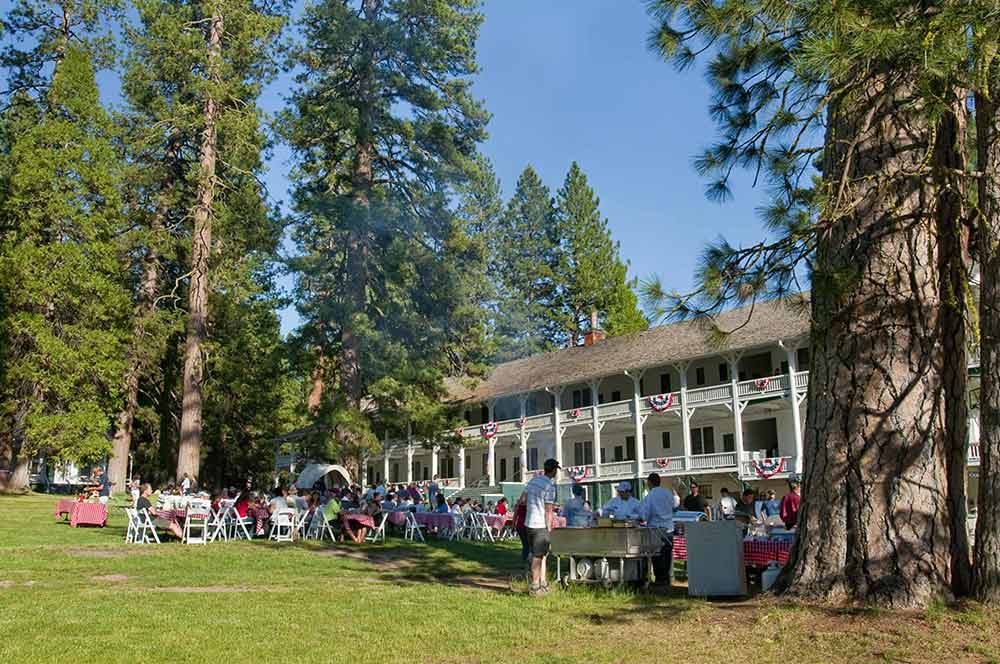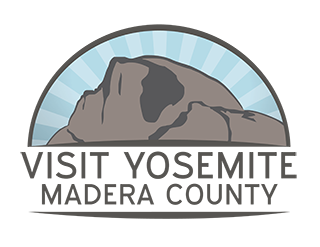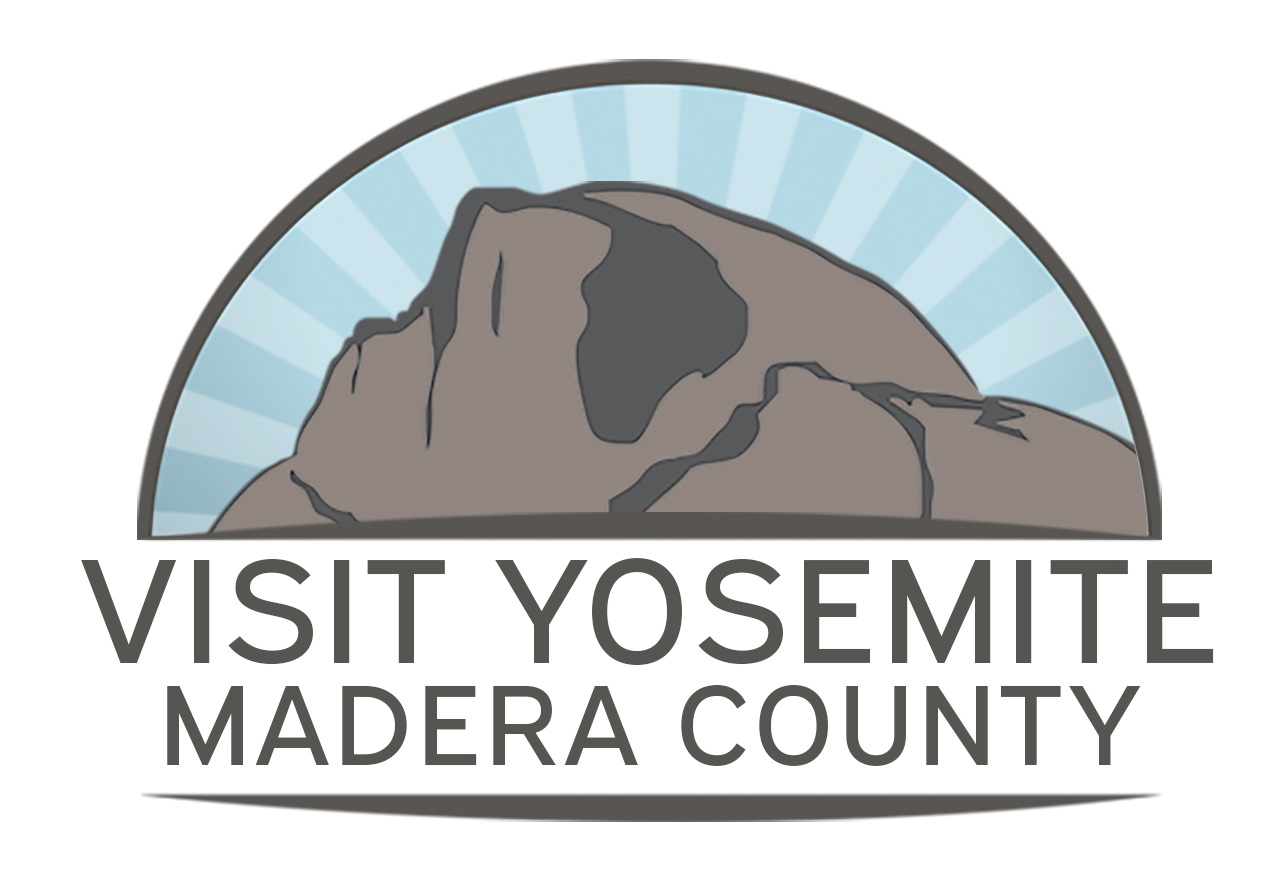Yosemite Place Names: The Origin and History of Names in Yosemite National Park
Toponymy (the study of the names of geographical places such as rivers, mountains, or cities) can reveal much about the history of somewhere. It can conjure up unique stories you would have NEVER considered or even realized. And when it comes to Yosemite, the origins of its names are just as unique as the views. Here’s a few of our favorites.
El Capitan
 Night Lights of El Capitan - Stars trail through the night sky as climbers on the face of El Cap get set up for the night.
Night Lights of El Capitan - Stars trail through the night sky as climbers on the face of El Cap get set up for the night.
Besides Half Dome, El Capitan is one of Yosemite’s most iconic granite landmarks within the valley. The 3,000-foot-tall, 1.5-mile-wide cliff is something to behold in person. And until 1957, it was considered for many years “impossible” to climb. The native tribe known as Ahwahneechee had many names for it including To-tock-ah-noo-lah, translated as “Rock Chief.” The one we know it as was named by the Mariposa Battalion in 1851, during the first visit of European Americans to Yosemite Valley. It is supposedly a loose Spanish translation of the native version... and thus “El Capitan.”
Olmsted Point
 A glacial erratic sits in the foreground of the view from Olmsted Point. Many are found in the area which includes views of Clouds Rest and the backside of Half Dome in the distance.
A glacial erratic sits in the foreground of the view from Olmsted Point. Many are found in the area which includes views of Clouds Rest and the backside of Half Dome in the distance.
Although John Muir gets a lot of the credit and rightfully so, there were countless others that helped in protecting Yosemite. Included in that list is Frederick Law Olmsted. Considered to be the father of American landscape architecture, he helped design many urban parks such as NYC's Central Park. He was also an important leader in the conservation movement that led to making sure that Yosemite Valley and Mariposa Big Tree Grove became the first land set aside for public use. An effort that culminated in the historic Yosemite Land Grant signed by President Abraham Lincoln in the summer of 1864. Olmsted's contribution didn't end there - he was also the chairman of the first Board of Yosemite Valley Commissioners, the group formed by the State of California to administer the grant. As you gaze upon the valley, thank him for his key role in helping ensure this land was protected.
Tuolumne
 A Mule Deer grazes in Tuolumne Meadows. The Tuolumne River, Lembert Dome and the 13,061 tall Mount Dana are seen in the background.Within the boundaries of Yosemite National Park, there are a few places that have Tuolumne in their name. The beautiful Tuolumne Meadows in the High Sierra is filled with ample wildflowers in the late spring / early summer. There's also the Tuolumne River and the canyon it flows through which features multiple waterfalls including one that’s unique. The one thing that's for certain is the name is of Native American origin. Depending on which story you listen to, it means Many Stone Houses, The Land of Mountain Lions, People Who Dwell In Stone House, or Straight Up Steep. The latter is an interpretation of William Fuller, a native Chief. And based on how STEEP the Grand Canyon of Tuolumne is, we think that’s the one we like the best!
A Mule Deer grazes in Tuolumne Meadows. The Tuolumne River, Lembert Dome and the 13,061 tall Mount Dana are seen in the background.Within the boundaries of Yosemite National Park, there are a few places that have Tuolumne in their name. The beautiful Tuolumne Meadows in the High Sierra is filled with ample wildflowers in the late spring / early summer. There's also the Tuolumne River and the canyon it flows through which features multiple waterfalls including one that’s unique. The one thing that's for certain is the name is of Native American origin. Depending on which story you listen to, it means Many Stone Houses, The Land of Mountain Lions, People Who Dwell In Stone House, or Straight Up Steep. The latter is an interpretation of William Fuller, a native Chief. And based on how STEEP the Grand Canyon of Tuolumne is, we think that’s the one we like the best!
Wawona
 4th of July Celebrations at the Wawona Hotel
4th of July Celebrations at the Wawona Hotel
Another native word, Wawona, was given to the trading post/resting stop in 1882. From there, the meaning of this word diverges. Some say it comes from the Paiute word “Wocoba”, meaning “Big Pine Tree.” The common tale regarding the origin of the word itself is that it was the sound of the Great Horned Owl. The Paiutes believed that the Great Horned Owl was the guardian of the Giant Sequoias. As such, it’s only fitting that one of our welcoming committee members representing the Grove is Galen, the Great Horned Owl.
Others say it's from a Miwok word, but the word Wawona in their language is “pallahchun.” And finally, some elders from the Yosemite-Mono Lake Paiute people say it comes from “Wah Wah” which means strangers, and “naa’h” which means men in Paiute. If you put that together, it is Wah’wah’naa’h or Wawona. There are a few other landmarks that have it in their names as well like Wawona Point, Wawona Meadow and the valley that it’s located within.
We hope this introduction to some of the history behind the names of these special places sparks curiosity into learning more about Yosemite.
______________________________________________________________________________________
Like what you see? Save this pin to your travel planning board to give you an easy way to find your way back here! Also check out our other itineraries as well as blog posts for more ideas and pins!
About The Author:
Alex founded localfreshies.com® in 2014 to be the #1 website providing the “local scoop” on where to eat, drink & play in mountain towns throughout North America. When he’s not writing and executing marketing strategies for small businesses & agencies, he’s in search of the deepest snow in the winter and tackiest dirt in the summer.













 Alex Silgalis
Alex Silgalis


